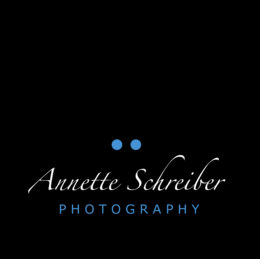Wide angle photography, probably one of the easiest types of photos to take, but also one of the hardest areas in which to excel.
Wide angle lets you portray the scene in full detail with unusual and sometimes exaggerated perspectives. This is especially true of super wide angle lenses. Small objects can be made to appear larger than larger objects within the same scene, effectively shifting the balance of the image composition.
When used well, it can bring attention to the subject of interest in the foreground, at the same time preserving the context of the whole image by showing the location or event in the background.
Lens Options
Lenses are categorized by their focal lengths. Typically, lenses fall into one of these categories:
- super wide angle (10~24mm)
- wide angle (24~35mm)
- standard (about 50mm)
- telephoto (70~300mm)
- super telephoto (300mm and beyond)
These numbers indicate the focal length, which describes the field of view achievable using that lens. Incidentally, the field of view of a 50mm lens is considered to be an approximation to what the human eye sees. DSLR owners can choose from a variety of lenses ranging from a super wide lens all the way up to a super telephoto. But what about the rest of us?
Focusing with Wide Angle Lenses
An inherent characteristic of camera lenses is that wide angle lenses come with more depth-of-field compared to telephoto lenses. This reduces focusing errors to some extent, which means that you can focus on almost anything around the center of the frame and get an acceptably sharp image. In this case, a small aperture further increases the chance of a sharp image.
For best results though, we can use the “one third of the distance rule”. Look inside your camera viewfinder, estimate the distance from the nearest point that is visible in the viewfinder, to the furthest point that is also visible in your viewfinder. Focus on a point that is roughly one-third of the distance away from you. If you cannot use autofocus effectively on that point you can estimate the distance and manually focus your lens, using the distance scale on your lens. A small aperture (e.g. f/22) gives you more depth-of-field, so use it if possible. That’s why it’s good to carry a tripod, which will let you use smaller apertures without camera shake.
Composing with Wide Angle Lenses
Wide angle photography has its own set of challenges. While it lets you show more of the scene, sometimes less is more. If not properly framed, a super wide angle image may include distracting elements which detract from your image, because a wide angle lens sees a wider field of view than a normal lens. Therefore it’s good to fill the frame well, composing it in such a way that only the necessary elements are included.
Landscape photography is a classic candidate for using wide angle lenses. In order to shoot great landscape photography, foreground interest is important. Wide angle lenses let you include a sizable portion of the foreground in the frame, so use it well by choosing a foreground that is actually interesting.
Try out different techniques in wide angle photography because it opens up a whole new spectrum of perspectives.
Have fun and create!











